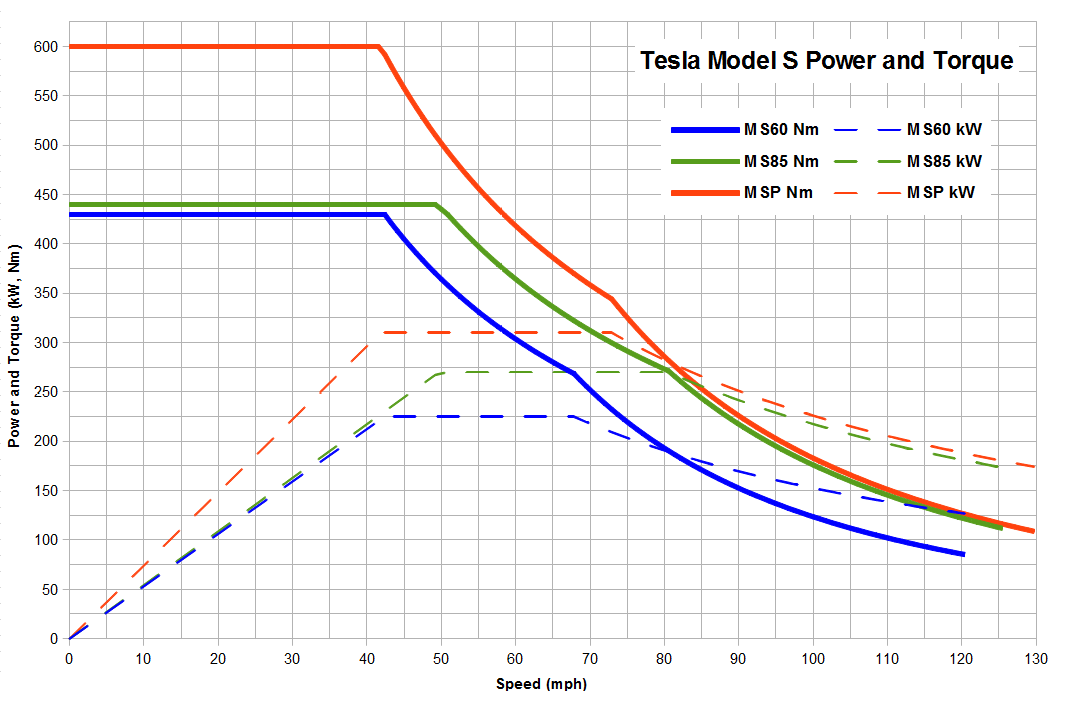Cyklefanatic
Well-Known Member
As more and more electric cars become available it is becoming clear that transmissions are going to become a thing of the past. Only the Porsche Taycan has a transmission and it only has two gears. The argument is that an electric motor can deliver maximum torque over a wide range of RPM with maximum torque available at 0 RPM.
But the ebike industry seems to be going in the opposite direction moving away from single speed hub drives to mid mounted motors using gear reduction. The argument is that it allows more torque over a wider range of wheel speed. If this is true then it should be true for cars too. A smaller motor using a transmission would deliver more torque over a wider range with less weight.
Both cannot be true.
I am hoping someone smarter than me can explain this conundrum.
But the ebike industry seems to be going in the opposite direction moving away from single speed hub drives to mid mounted motors using gear reduction. The argument is that it allows more torque over a wider range of wheel speed. If this is true then it should be true for cars too. A smaller motor using a transmission would deliver more torque over a wider range with less weight.
Both cannot be true.
I am hoping someone smarter than me can explain this conundrum.


